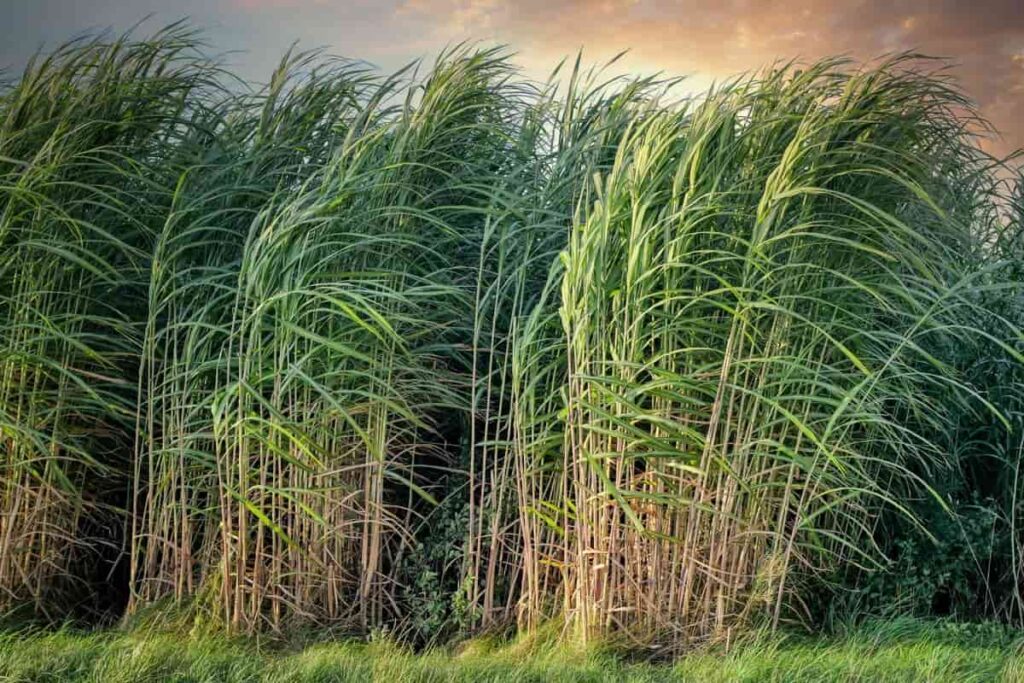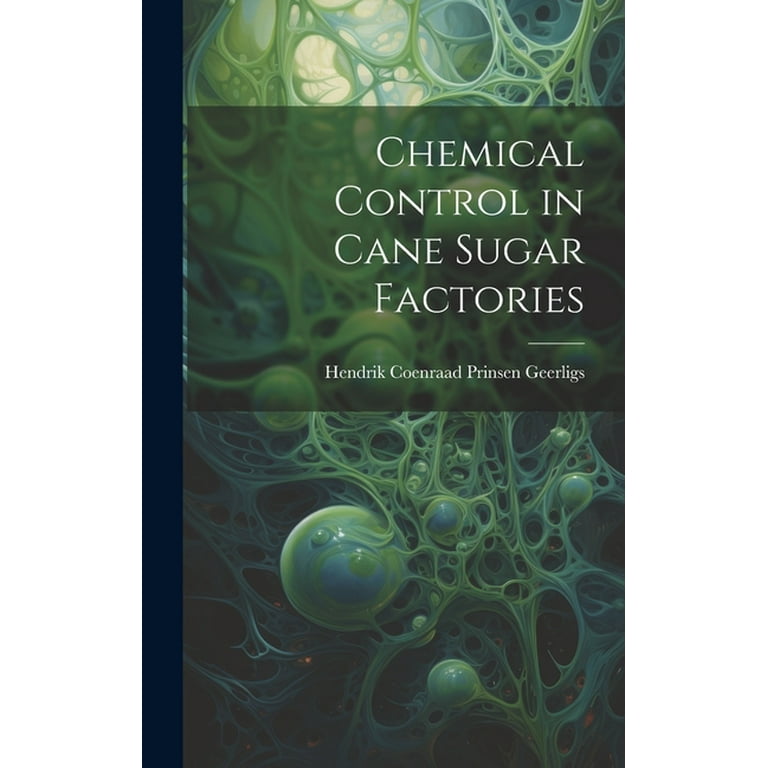Comprehending the Diverse Roles of Sugar Cane in Farming and Manufacturing
Sugar Cane plays an essential function in both farming and manufacturing. As a significant cash crop, it influences economic climates in exotic regions. Its versatility prolongs beyond sugar manufacturing to biofuels and eco-friendly materials. In addition, sugar Cane cultivation promotes soil health and wellness and biodiversity. Nevertheless, the complete scope of its contributions and prospective in sustainable techniques continues to be to be explored. What ingenious actions could enhance its function in future farming systems?
The Agricultural Significance of Sugar Cane
Sugar Cane plays a necessary role in agriculture, contributing significantly to the economies of numerous tropical and subtropical regions. This lawn varieties grows in warm climates, needing adequate sunshine and water, making it a perfect crop for these areas. Sugar Cane is mostly grown for its high sucrose web content, which functions as an essential resources for sugar production. Furthermore, it plays a substantial duty in dirt preservation by protecting against disintegration and boosting dirt fertility via its development cycles. Sugar walking cane's considerable origin system help in water retention, benefiting surrounding crops. Additionally, the crop supports regional environments by supplying environment and food for numerous wild animals varieties. Farmers usually integrate sugar Cane right into crop rotation systems, improving biodiversity and farming strength. The farming of sugar Cane not just fulfills neighborhood food demands however additionally promotes lasting agricultural techniques, promoting long-lasting environmental health in farming areas.
Financial Contributions of Sugar Cane Farming
Although sugar Cane is frequently overlooked, its financial contributions are substantial, particularly in creating countries where it acts as a crucial money plant. The cultivation of sugar Cane creates substantial revenue for numerous farmers, supplying source of incomes and promoting country advancement. As a versatile plant, it supports numerous markets, consisting of sugar production, biofuels, and pharmaceuticals, subsequently stimulating regional economies.
Moreover, sugar Cane growing advertises job development in farming industries, refining facilities, and transportation networks. It additionally adds to forex revenues through exports, boosting national financial security. In regions such as Brazil and India, sugar Cane plays a pivotal role in farming exports, reinforcing profession balances.
Furthermore, the crop's byproducts, like bagasse and molasses, provide further economic chances, utilized in power generation and pet feed. The economic impact of sugar Cane expands past simple growing, influencing broader commercial and agricultural landscapes.
The Process of Sugar Manufacturing From Walking Cane

The trip from sugar Cane to refined sugar involves numerous vital phases that highlight the complexity of sugar production. Mature sugar Cane stalks are gathered and carried to refining facilities. What Is Sugar Cane Used For. The Cane is after that crushed to extract juice, which contains a high focus of sucrose. This juice goes through information, where impurities are gotten rid of, frequently utilizing lime and warm
Next, the clarified juice is vaporized to focus the sugar material. The resulting syrup is then based on crystallization, permitting sugar crystals to form. These crystals are separated from the continuing to be syrup with centrifugation and washed to get rid of any residual molasses.
The last involves refining, where sugar crystals are additional purified and bleached, causing the white granulated sugar typically used in foodstuff. This precise procedure highlights the intricate journey from raw Cane to the sugar that plays a vital duty in various culinary applications.
Sugar Cane as a Source of Biofuels
As rate of interest in eco-friendly energy sources grows, sugar Cane has actually arised as a significant candidate for biofuel production. The plant's high sugar material makes it possible for efficient fermentation processes, converting sugars into ethanol. This biofuel works as an eco-friendly alternative to nonrenewable fuel sources, lowering greenhouse gas exhausts and advertising energy sustainability.
Nations like Brazil have long utilized sugar Cane for ethanol, developing extensive production infrastructure that supports both domestic energy needs and international export. The cultivation of sugar Cane for biofuel has also produced financial chances, specifically in backwoods, where it creates work and supports regional agriculture.
Sugar Cane biofuels can be incorporated right into existing fuel systems, making them a useful option for moving away from standard power resources. As technical advancements remain to boost manufacturing effectiveness, sugar walking stick's role in biofuel advancement is positioned to expand, additionally adding to worldwide efforts towards renewable resource fostering.
Cutting-edge Uses Sugar Cane in Biodegradable Plastics
An expanding number of producers and researchers are checking out innovative usages of sugar Cane in the production of biodegradable plastics. Sugar walking cane, rich in sucrose, can be refined to develop polylactic acid (PLA), a biopolymer that functions as an option to petroleum-based plastics. This bioplastic can be made use of in different applications, including packaging, disposable cutlery, and agricultural movies.
Using sugar cane-derived PLA presents several advantages, such as lowered dependence on fossil fuels and the capacity for lower carbon exhausts throughout production. Furthermore, sugar walking cane's eco-friendly nature makes it an appealing option in the mission for sustainable materials. Current improvements in handling techniques have improved the efficiency and cost-effectiveness of creating these bioplastics, promoting higher adoption in the marketplace. As the demand for environment-friendly remedies expands, sugar Cane sticks out as a beneficial source in the change towards greener manufacturing practices.
Ecological Advantages of Sugar Cane Farming

In enhancement, sugar Cane calls for much less water contrasted to various other plants, pop over to this web-site making it ideal for farming in deserts. Reliable use plant deposits, such as bagasse, can decrease waste and give eco-friendly power resources. Sugar Cane farming can help with the establishment of agroforestry systems, producing a synergistic relationship between trees and plants. These practices not just shield the setting yet additionally advertise sustainable agricultural practices, ultimately profiting neighborhood areas and communities.
The Future of Sugar Cane in Sustainable Practices

In addition, the potential for sugar Cane to add to renewable resource resources is obtaining grip. Biofuels stemmed from sugar Cane can notably lower carbon emissions contrasted to fossil gas, straightening with international climate goals. Additionally, developments in waste management allow for the usage of by-products, even more decreasing ecological influence.
Study right into drought-resistant sugar Cane selections is also underway, offering durability against environment change. As stakeholders across the market accept these lasting techniques, sugar Cane is positioned to play an you could check here essential duty in fostering agricultural sustainability, ensuring its importance in future markets and contributing favorably to environmental equilibrium.

Regularly Asked Questions
Just How Does Sugar Cane Affect Soil Wellness and Fertility?
The impact of sugar Cane on dirt health and fertility is substantial. Its considerable root system enhances dirt structure, while raw material from decomposing fallen leaves contributes necessary nutrients, promoting general fertility and sustaining diverse microbial life.
What Are the Labor Problems for Sugar Cane Employees?
Labor problems for sugar Cane employees vary widely, commonly identified by long hours, low salaries, and unsafe atmospheres. Several face obstacles such as absence of accessibility to health care and not enough safety steps against hazardous problems.
Can Sugar Cane Be Expanded in Non-Tropical Climates?
Sugar Cane usually prospers in tropical environments because of its warm and moisture needs. Nevertheless, certain non-tropical areas may successfully grow it through details farming methods, though returns and high quality might be substantially decreased.
What Pests Generally Endanger Sugar Cane Crops?
Pests harmful sugar Cane crops consist of the sugarcane borer, aphids, and nematodes. These organisms can greatly influence crop return, necessitating reliable insect monitoring techniques to assure healthy growth and optimize farming efficiency.
Just How Does Sugar Cane Cultivation Effect Citizen Communities?
The cultivation of sugar Cane significantly influences local areas by providing employment possibilities, boosting economic growth, and affecting social frameworks. In addition, it can result in visit the site ecological difficulties, affecting farming methods and area wellness in the region.
Sugar Cane is primarily cultivated for its high sucrose web content, which serves as a vital raw material for sugar manufacturing. Farmers commonly incorporate sugar Cane into crop rotation systems, boosting biodiversity and farming strength. The journey from sugar Cane to polished sugar includes numerous key phases that highlight the complexity of sugar manufacturing. The last phase entails refining, where sugar crystals are more purified and blonde, resulting in the white granulated sugar generally made use of in food items. The plant's high sugar web content makes it possible for effective fermentation processes, transforming sugars into ethanol.